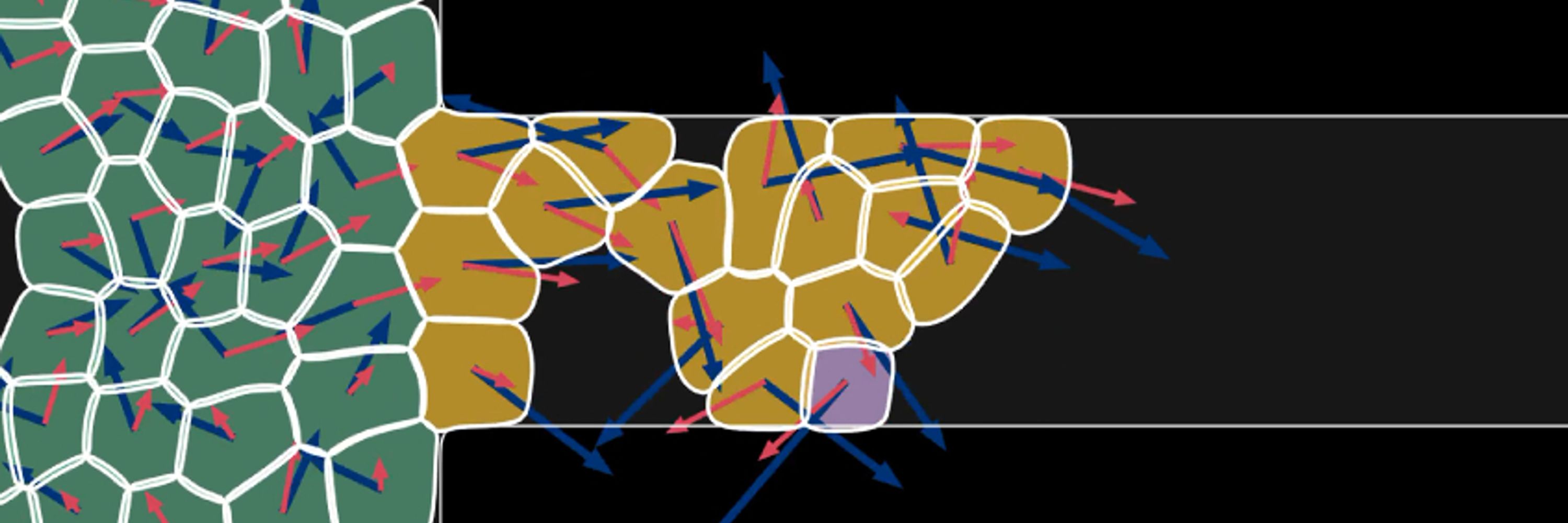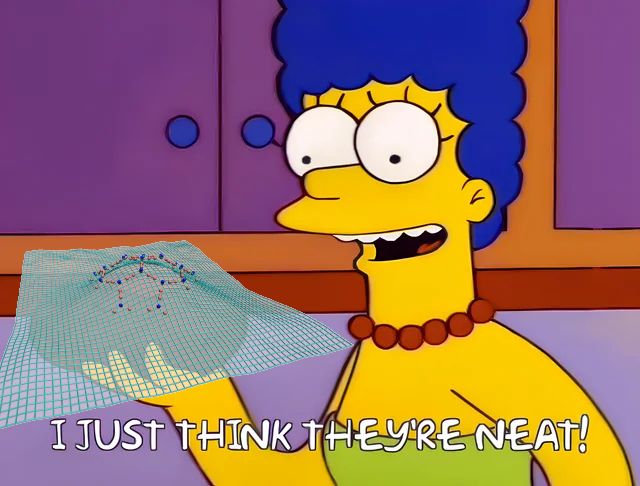
scienceforeveryone.science/bad-mentors-... 🧪

www.science.org/doi/10.1126/...

www.science.org/doi/10.1126/...

Assistant Professor (TT) in Theoretical or Computational Biological Physics @univmiami.bsky.social 😀
Come build the future of interdisciplinary biophysics with us!
Apply by Dec 15 → tinyurl.com/5n9bk836
#Biophysics #PhysicsJobs #AcademicJobs #UMiami

Assistant Professor (TT) in Theoretical or Computational Biological Physics @univmiami.bsky.social 😀
Come build the future of interdisciplinary biophysics with us!
Apply by Dec 15 → tinyurl.com/5n9bk836
#Biophysics #PhysicsJobs #AcademicJobs #UMiami

1. If you have taught a similar class, which book have you used and what did you like/dislike about it? (I have the one used previously from another prof and I have a few of my own and
1. If you have taught a similar class, which book have you used and what did you like/dislike about it? (I have the one used previously from another prof and I have a few of my own and

Interfolio link: apply.interfolio.com/174360
PLEASE, share widely across the blue skies!
Let me briefly explain what we're looking for:
1/10

Interfolio link: apply.interfolio.com/174360
PLEASE, share widely across the blue skies!
Let me briefly explain what we're looking for:
1/10

www.biophysics.org/news-room/ji...

www.biophysics.org/news-room/ji...






